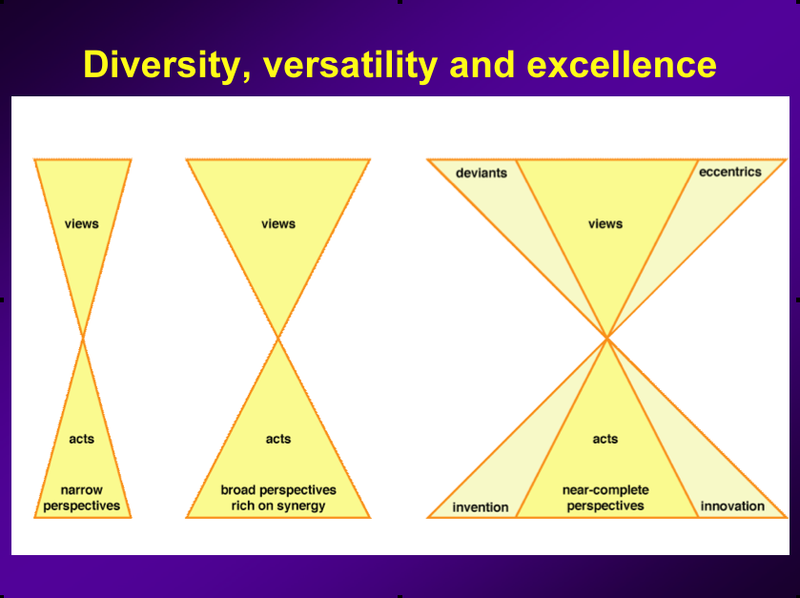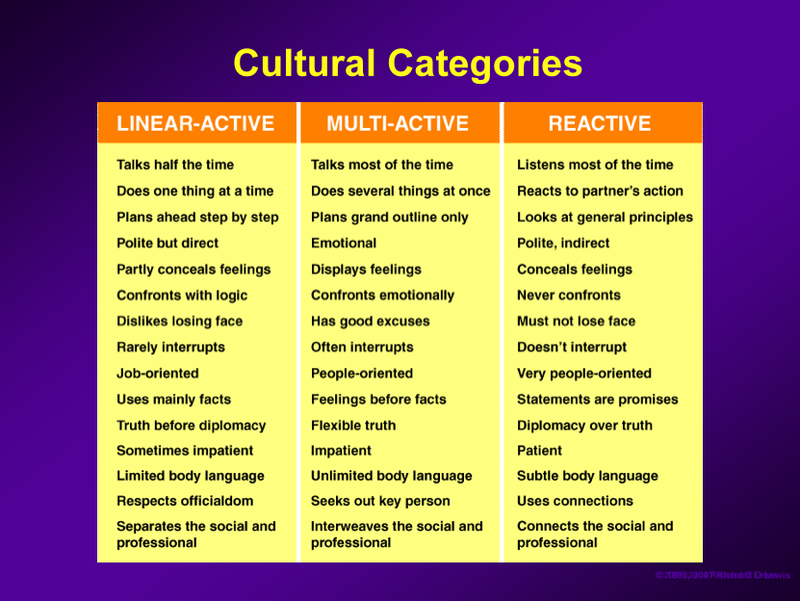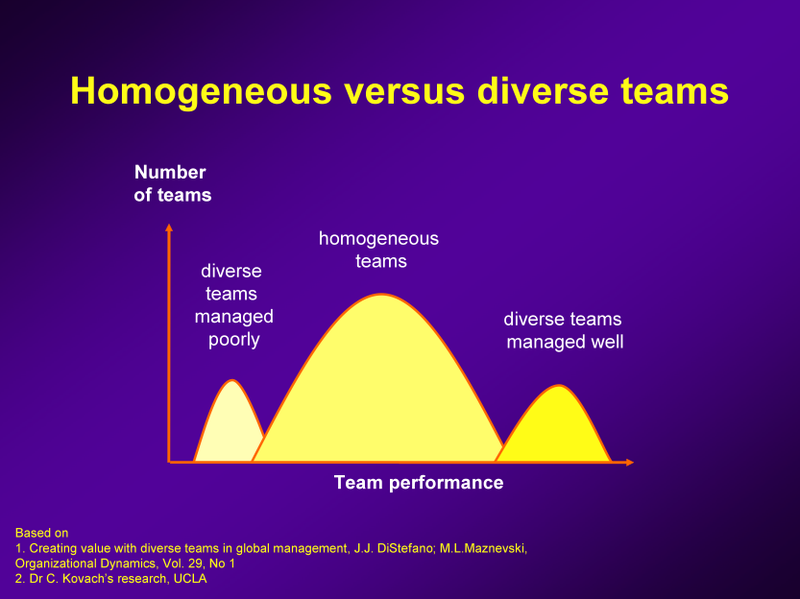Chilean President, Sebastián Piñera, recently made a European ‘victory tour’ following the successful rescue of the now world-famous 33 miners. The tour had been previously planned, and some more cynical commentators speculated that one driver to speed the operation to extract the miners from their predicament was that it should be accomplished before this visit. Yet it would be churlish to carp at an opportunism – arising from a heroic rescue bid – that was aimed at lifting Chile’s international profile and attracting foreign investment in new industry.
Chile’s economy had been suffering from decades of dictatorship, but those who know the country well understand that it has a long-term reputation for stability, relative to most other Latin American countries. Geography and history have probably played a part:
- Chile has been handicapped by difficult terrain – uninhabitable mountains, deserts, and rain-soaked forests. And, true to form for land-hungry nations, Chileans have maximised their options by exploiting a variety of land resources and exporting them vigorously to Asia, North America and Europe. The ‘Andes barrier’ has effectively diminished Chile’s interaction with her own continent. The country has been described as a South American ‘Tiger’, or ‘like Taiwan but with better wine’. It seems likely that the constraints of their geography have forced them into ingenuity and a degree of stability, as a means of survival.
- A key historical factor in stability and order may be a strong Germanic influence. The 1845 Law of Selective Immigration was aimed at encouraging the immigration of people who would be able to help colonise the Southern region of Chile – from good social backgrounds and with a high level of culture and skills. The move was helped by the failed liberal German revolution of 1848, resulting in a wave of German immigration – and not just from Germany, but also Austrians, Swiss Germans and others. There is little doubt that German values have affected the Chilean national character through continuing immigration well into the 20th century, and influenced Chilean economic, political and cultural development. Carlos Anwandter, leader of the first colonists, pledged that they would be ‘honest and laborious’ – a firm Lutheran statement if ever there was one!
So, no surprise that a Chilean official, talking just prior to the President’s visit, signposted the main theme by saying “The President will speak of the Chilean way of doing things which means that it is a country where everything really works. Everyone related to Chile thinks that the rescue of the miners shows that we can do things properly and we hope that business and investment will recognise that.”
Chile, with its mixture of Latin and Germanic influences, may have a good formula for benefiting from a mix of approaches. This diversity of viewpoints can give a broader spectrum to human activity, and better performance:

For a summary of what we mean by linear-, multi- and reactive in the first diagram, see below:

But what about the miners themselves? How did they behave as a team? There has been plenty of discussion in the press about the behaviour, and what we can learn – from those initial dark days of chaos and fighting that they have sworn not to talk about in detail, down to the emergence of Luis Urzua as the leader, and the assignment of roles – presenter, doctor, priest, poet, etc. And management writers, like this one, are already having a field day relating the behaviour to team theory, such as Meredith Belbin’s discovery of nine team roles necessary for success.
From a cultural point of view, one of the reasons German companies have tended to be so successful is their ability to give extremely clear roles and responsibilities to different people, units and departments. And, in fact, the Chilean army was highly influenced by the Prussian army. Military service of 12-24 months is obligatory for all Chilean males over 18. Might it be too fanciful to think that the organisation and discipline which ensured survival relates back to Germanic military tradition?
On a wider level, the team was not just the miners below the surface, but the wider team of the international community, involving players from the USA, Japan, South Africa, China, Canada, Australia, etc.
How did this international collaboration come together so smoothly and effectively?
Many culturally-diverse teams fail. Research published by Joseph J. Distefano and Martha L. Maznevski has shown that while homogeneous teams cover a wide bell-curve of performance, from not so good to very good, the worst-performing teams are diverse. But so are the best…

The difference is leadership. Although the team below the surface was, apart from one Bolivian, exclusively Chilean, there was certainly a diversity of personality types, and it was Luis Urzua’s adaptive leadership that helped them turn the corner. And whether or not it was the President of Chile, Sebastián Piñera’s leadership that pulled the international collaboration together, there must have been some clear leadership going on somewhere to get the diverse effort to work.
A very wise British diplomat, Alyson Bailes – who has a first class degree from Margaret Thatcher’s old Oxford college, Somerville, speaks more than a handful of the world’s more difficult languages, and has decades of experience running international teams – once wrote 5 very simple rules for building winning multicultural teams. These are:
- Understand very clearly who you are
- State objectives and roles very clearly
- Define them in ways which mean something to everyone
- Use diversity as an asset
- Have fun
As business becomes ever more global, such rules are increasingly important to bear in mind.
Post Tags: Tags: Chile, Chilean miners, German, leadership, Sebastián Piñera, Teams
